Helicoverpa armigera
(Hübner, [1808])
-
 Subfamily: Heliothinae
Subfamily: Heliothinae -
 Wingspan: 30-40 mm
Wingspan: 30-40 mm -
 Flight period: May - Oct
Flight period: May - Oct -
 Spread: Common
Spread: Common -
 Host plants: Polyphagous
Host plants: Polyphagous
Information
The Helicoverpa armigera also called The Cotton Bollworm is a moth of the Noctuidae family, subfamily Heliothinae,
with wingspan of 30-40 mm.
Widespread throughout Europe with the exception of Iceland.*
Its range extends to temperate Asia, Africa, Australia and Oceania. It is a migrant species, capable of reaching Scandinavia and other northern territories.
In Italy it is also present in the islands.
Very variable species both in color and in size, generally the front wings of the Helicoverpa armigera
are yellowish in color tending to orange in the female and greenish gray in the male,
with a slight darker transverse band in the distal third. A kidney spot is not very marked, tinged with smoke gray.
The hind wings are light gray with a dark marginal band and a small brown spot near the base.
Head and thorax are in the background color of the front wings, the abdomen in the color of the hind wings and are all covered by a thick down.
This species includes two subspecies: Helicoverpa armigera armigera is widespread in central and southern Europe, in temperate Asia and in Africa;
Helicoverpa armigera conferta is found in Australia and Oceania. The first subspecies has recently successfully invaded Brazil
and has since spread across much of South America and reached the Caribbean.****
The Helicoverpa armigera is normally two generations old and is visible in Europe from May to October depending on the location. ***
The female of the Helicoverpa armigera can lay several hundred eggs, distributed over various parts of the plant. Under favorable conditions,
the eggs can hatch in three days and the entire life cycle can be completed in just over a month.
The eggs are spherical, with a diameter ranging from 0.4 to 0.6 mm and have ribs in relief on the surface. They are white in color, and subsequently become green in color. **
The larvae develop in 13-22 days, reaching a length of 40 millimeters.
Their coloring is variable, but mostly green and yellow with red-brown shades that
sometimes they turn out to be preponderant. The head is yellow, with several spots.
Three dark stripes extend along the dorsal part and a yellow stripe is found laterally. The ventral parts of the larvae are pale yellow.
The caterpillars as rather aggressive, sometimes carnivorous and may also cannibalize other larvae,
this practice affects the fundamental metabolic processes in the larvae. *****
If disturbed, they fall off the plant and curl up on the ground.
The brownish-brown pupae more sootile in the part of the abdominal segments and with two relatively long pointed appendages on the cremaster,
they develop inside a silk cocoon covered with earth or vegetable residues, in the ground, at a depth of 4-10 centimeters,
or in cotton capsules or in the leaves that protect the corn cob. ******
This species creates serious damage to various crops and leads to very high commercial losses.
The greatest damage to crops is found on tomatoes, corn, chickpeas, alfalfa, tobacco and especially cotton from which the Anglo-Saxon common name derives
"The Cotton Bollworm".
The most important crops attacked by this species are tomatoes, cotton, peas, chickpeas, sorghum and cowpea.
Other plants are peanuts, peas, broad beans, soybeans, alfalfa, Phaseolus spp., Legumes in general, tobacco, potatoes, corn, flax, rose, Pelargonium, chrysanthemum,
a number of fruit trees, tall trees and a range of horticultural crops. In Russia and adjacent countries, the larvae inhabit more than 120 species of plants,
favoring Atriplex and various genera of Amaranthus.
* Lepidoptera mundi https://lepidoptera.eu/ - Fauna Europea https://fauna-eu.org/
** Bestimmungshilfe für die in Europa nachgewiesenen Schmetterlingsarten - http://lepiforum.de/
*** Roland Robineau, Guide de papillons nocturne de France, Delachaux et Niestlé, 2011 p.120
**** Downes, Sharon; Anderson, Craig; Behere, Gajanan T.; Silvie, Pierre; Thomazoni, Danielle; Walsh, Thomas; Soria, Miguel F.; Tay, Wee Tek
(November 18, 2013). "A Brave New World for an Old World Pest: Helicoverpa armigera (Lepidoptera: Noctuidae) in Brazil" - https://www.ncbi.nlm.nih.gov/pmc/articles/PMC3832445/
***** Cannibalism Affects Core Metabolic Processes in Helicoverpa armigera Larvae—A 2D NMR Metabolomics Study; Fredd Vergara;
Amiu Shino; Jun Kikuchi - https://www.ncbi.nlm.nih.gov/pmc/articles/PMC5037748/
****** AgroAtlas - Pests - Helicoverpa armigera Hbn. - Cotton Bollworm". www.agroatlas.ru
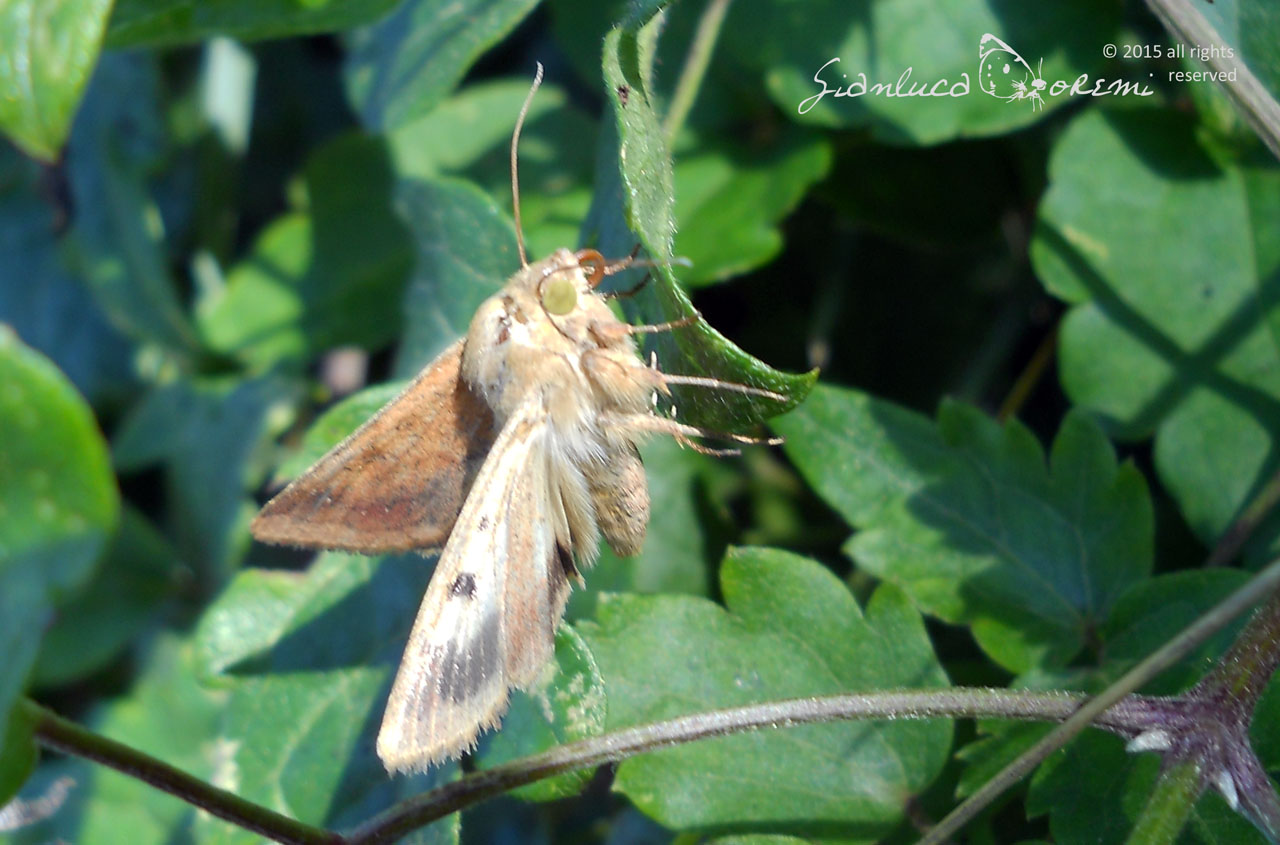
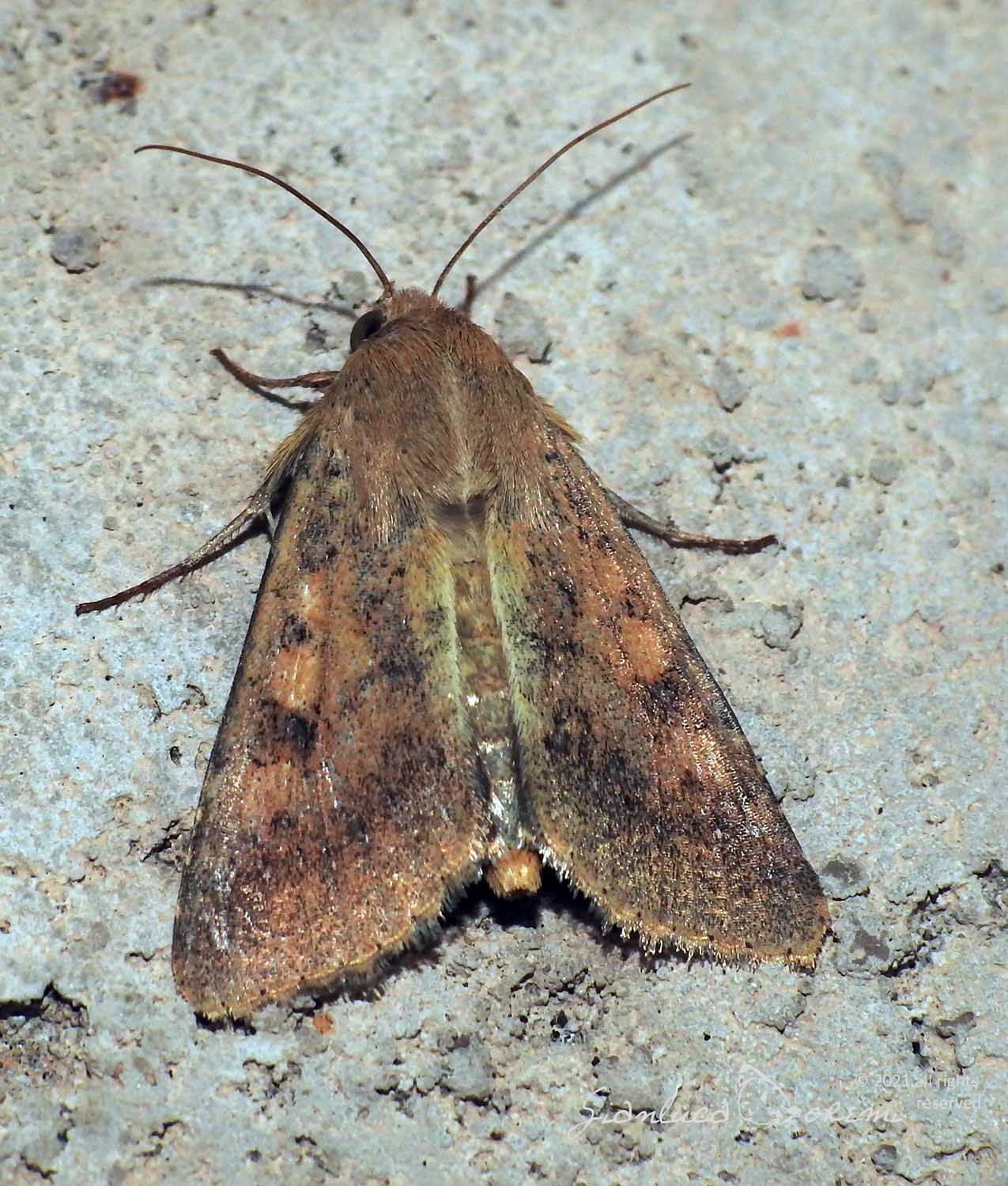
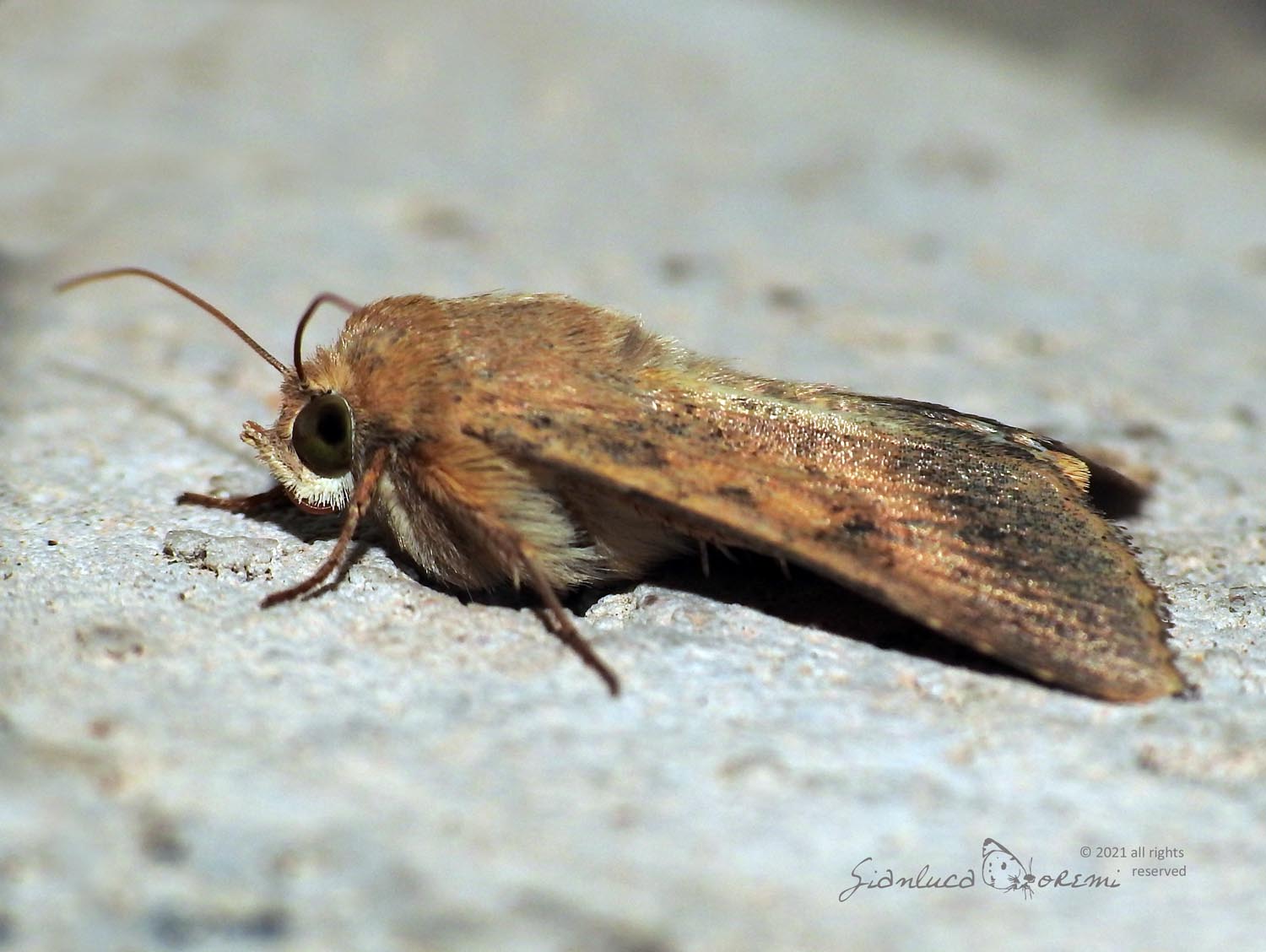





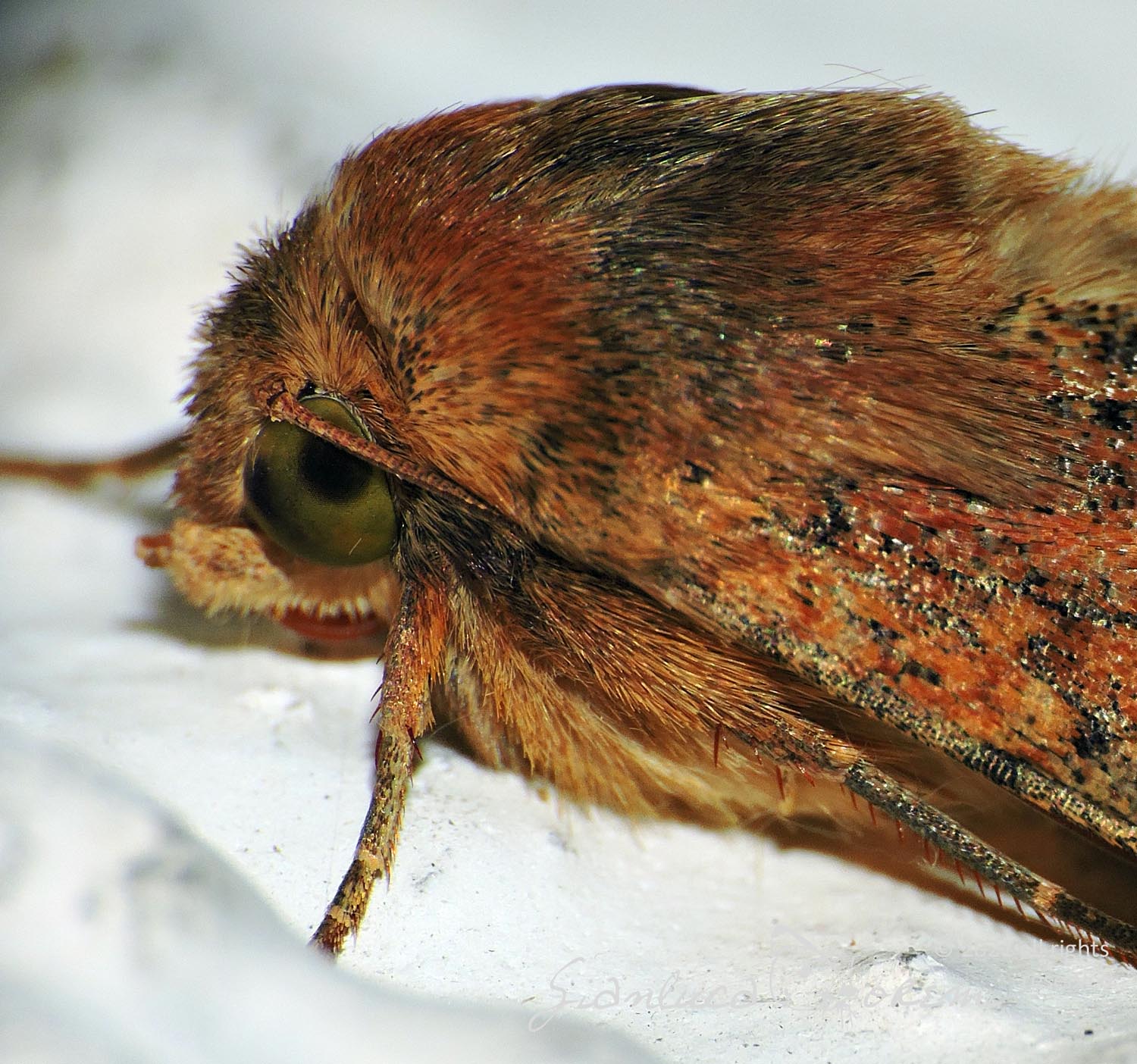
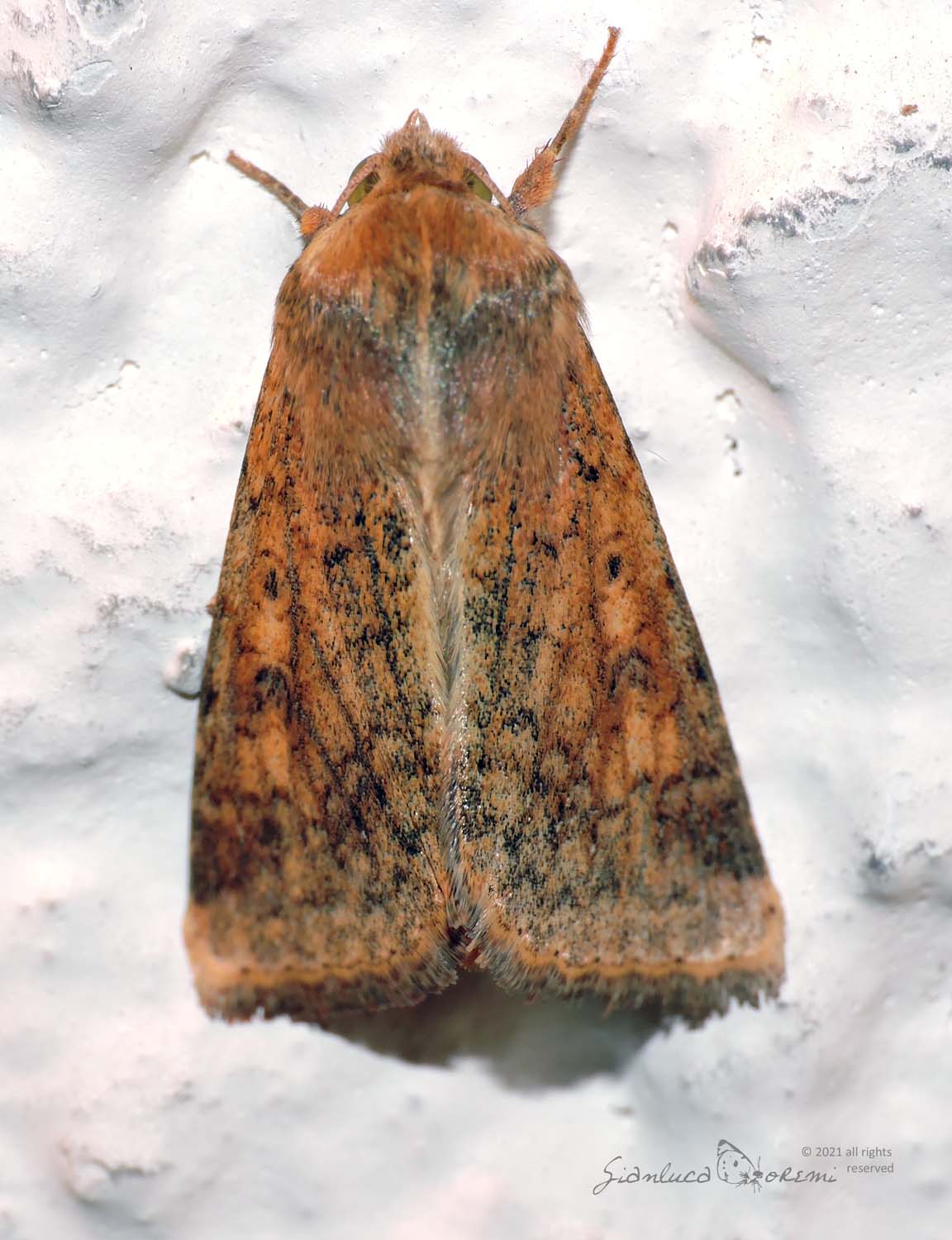
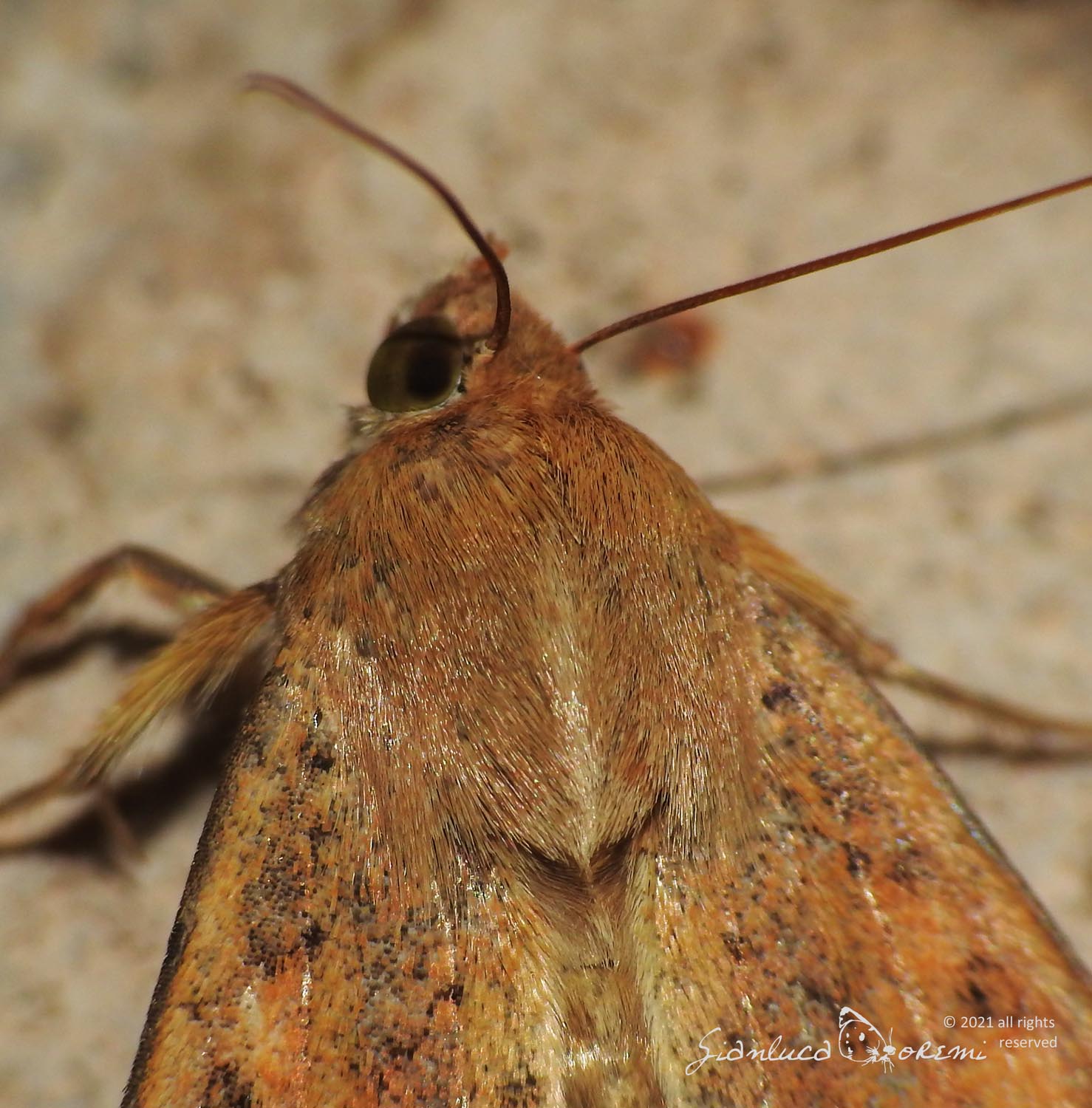
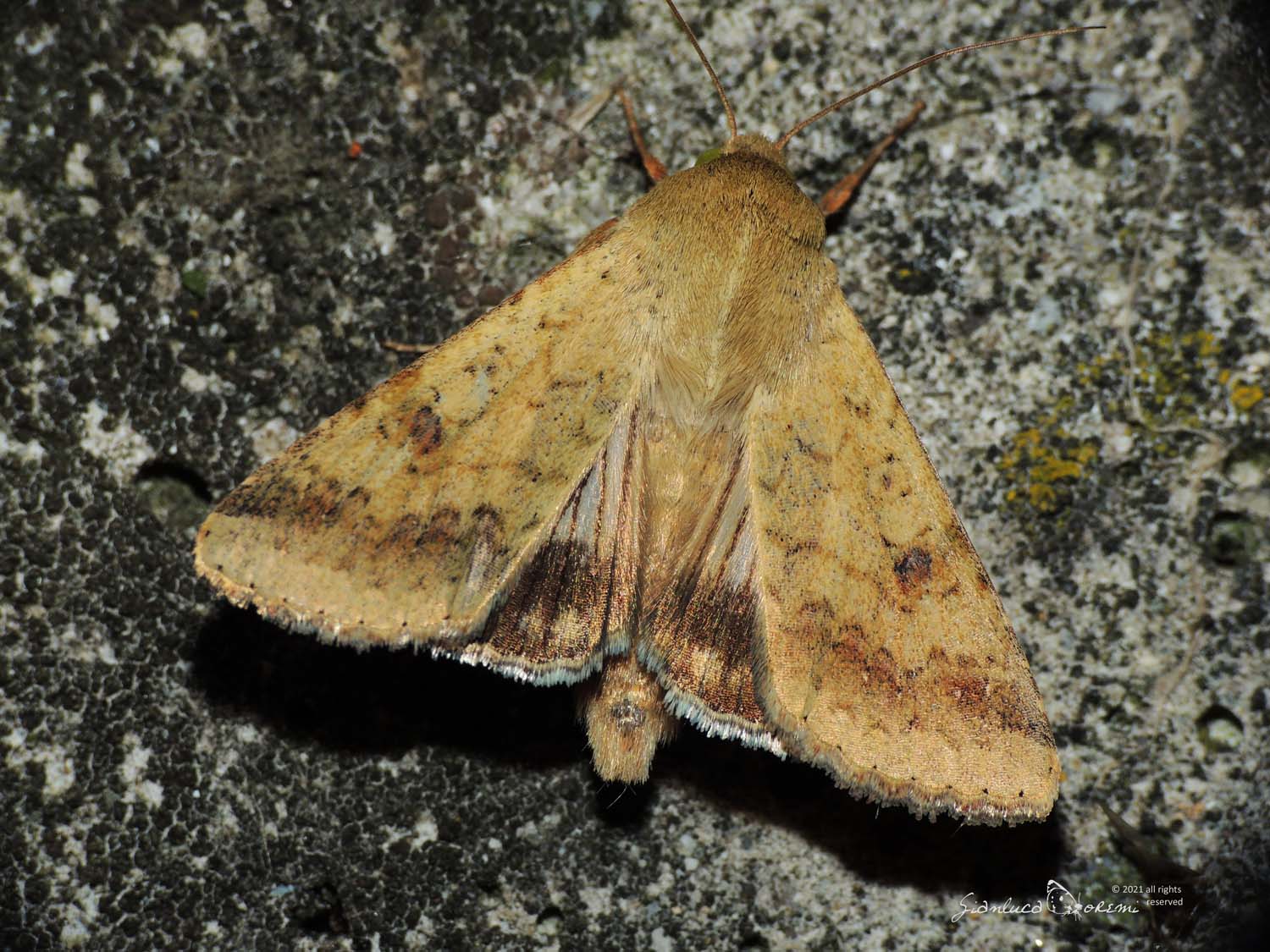
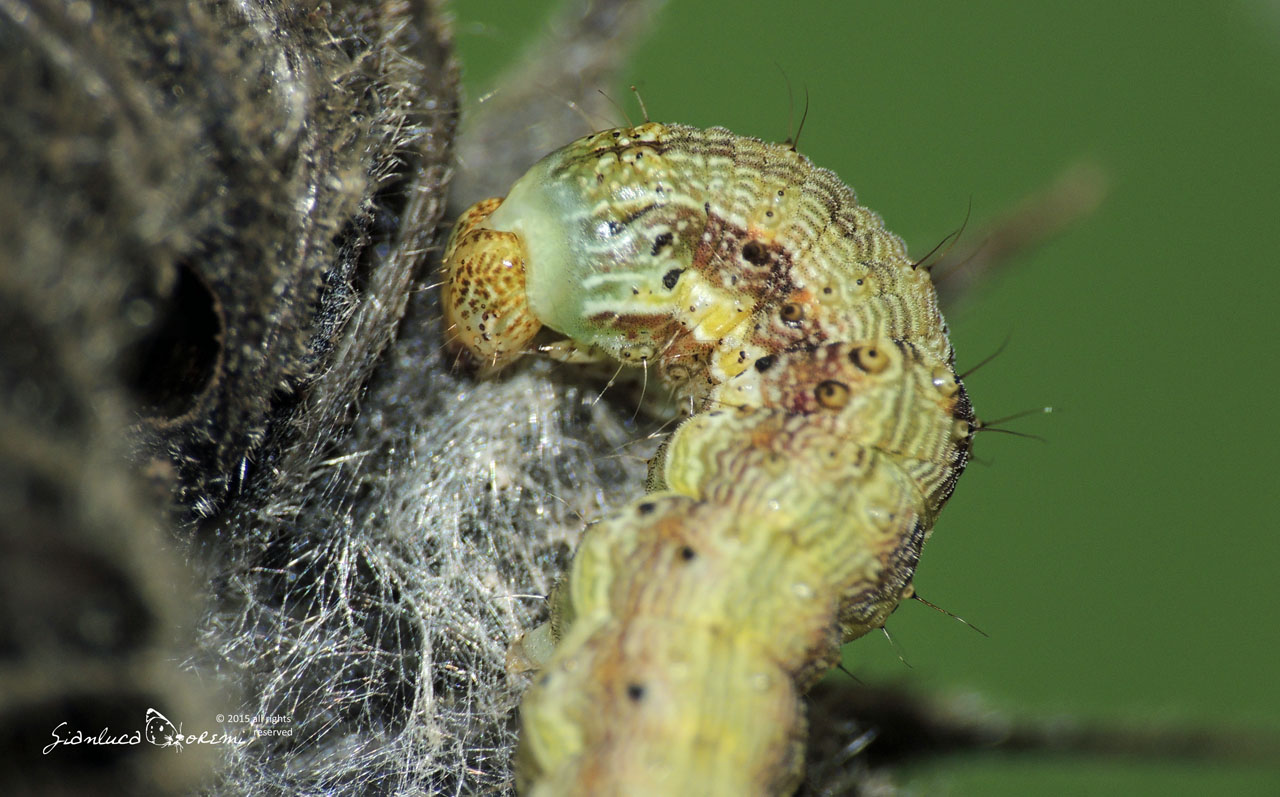
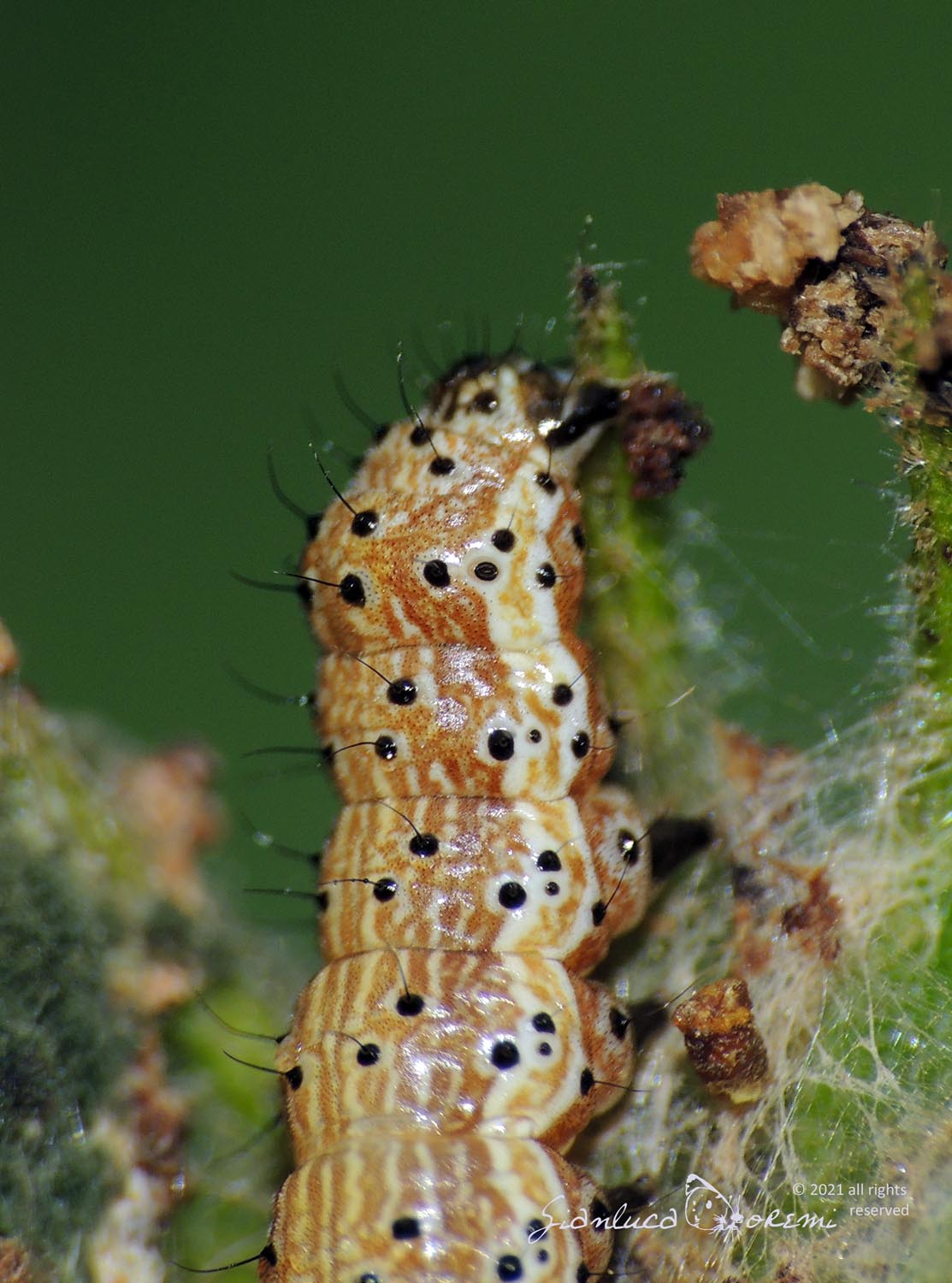
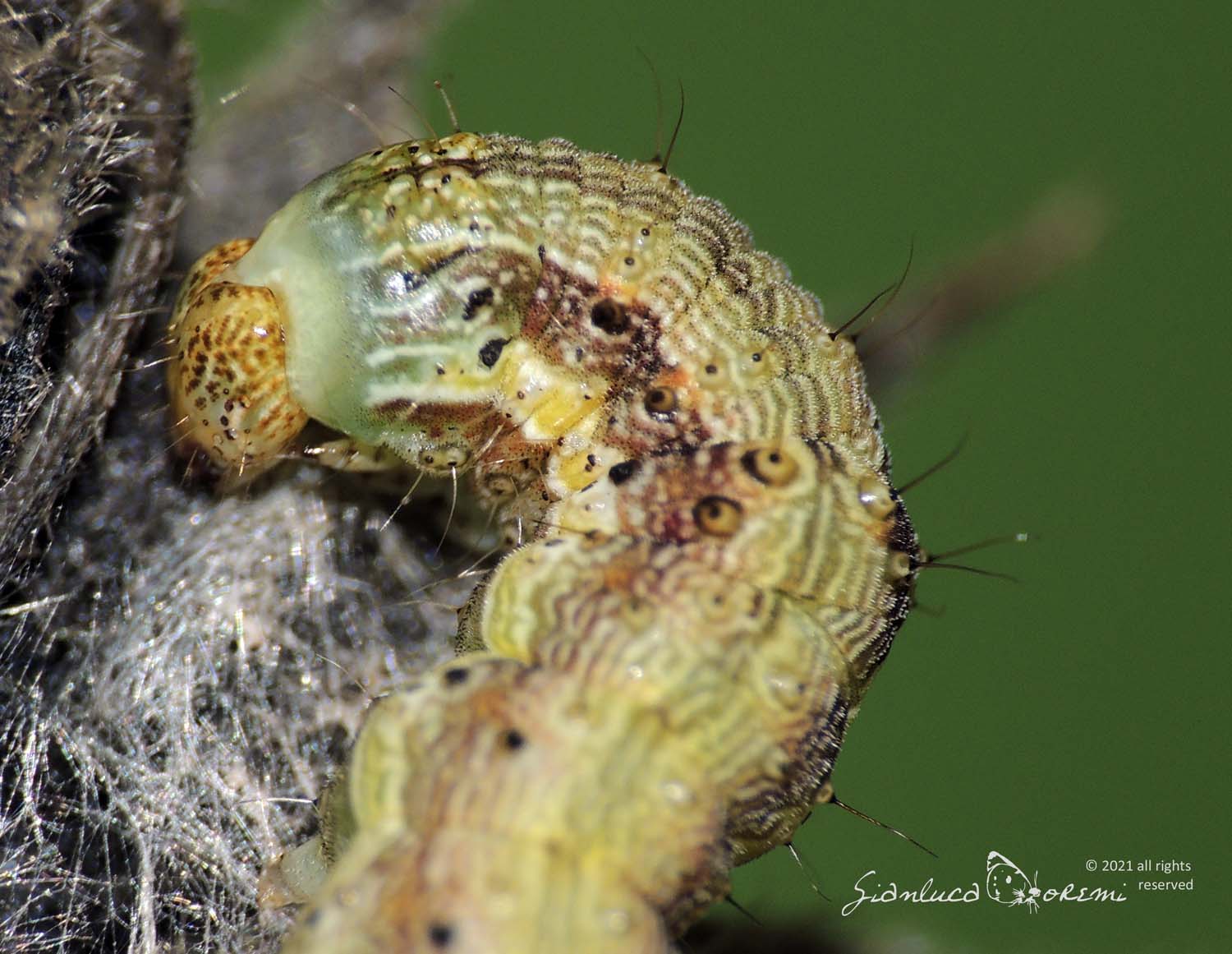

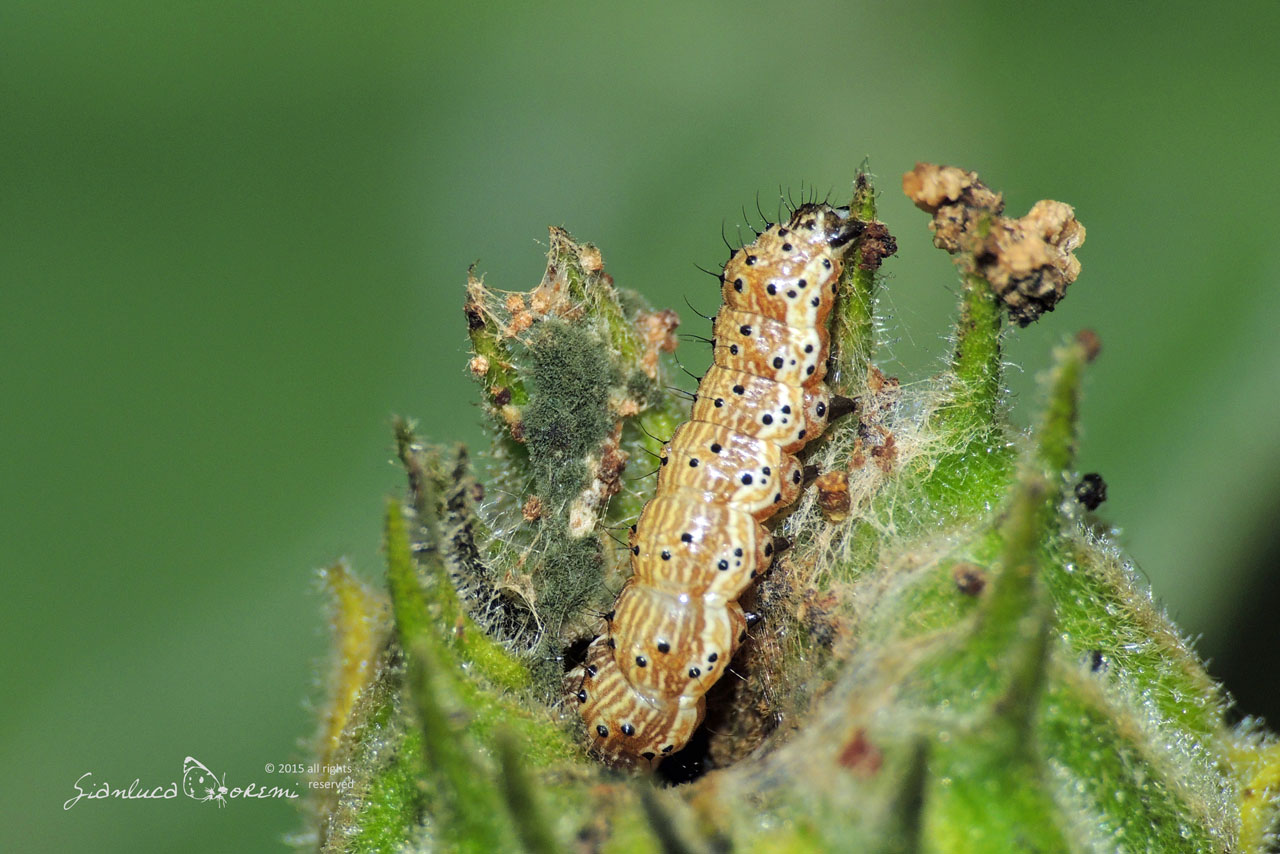

 EN
EN ITA
ITA
Social and publications